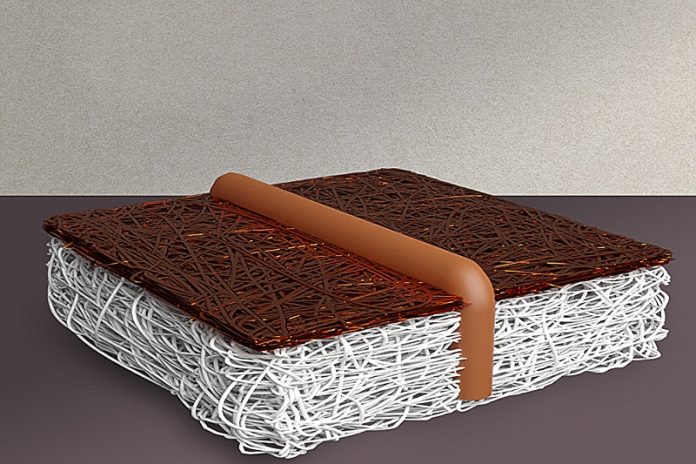
With greenhouse gas emissions on the rise, scientists and engineers are exploring practical ways to capture and reuse carbon dioxide (CO₂) from the atmosphere.
Imagine converting CO₂ into everyday products like fuels, chemicals, or building materials.
While this idea has potential, it hasn’t yet been affordable or efficient enough to put into widespread use.
But now, researchers at MIT have come up with a promising solution that could make carbon conversion more cost-effective and practical on a large scale.
The MIT team, led by mechanical engineering professor Kripa Varanasi and doctoral student Simon Rufer, has developed an innovative approach to improve the systems used for converting CO₂ into products.
Their study, published in Nature Communications, describes how a new electrode design could make the conversion process more efficient and pave the way for larger-scale applications.
This breakthrough may help carbon conversion systems work better and bring them closer to everyday use.
The problem with existing CO₂ conversion methods
The basic idea behind CO₂ conversion is straightforward: capture CO₂ from sources like factories or even directly from the air, and then turn it into something useful.
However, making this process efficient and affordable has been challenging.
For instance, while it’s technically possible to convert CO₂ into a valuable product like ethylene—a chemical used in making plastics and fuels—the conversion has been too expensive to compete with traditional methods, which rely on fossil fuels.
CO₂ conversion uses a device called a gas diffusion electrode, which brings together water, CO₂, and an electric current to drive chemical reactions that turn CO₂ into ethylene.
The tricky part is that these electrodes need to meet two conflicting requirements.
They must be good electrical conductors so the electric current flows smoothly, but they also need to repel water (be “hydrophobic”) so the water-based solution doesn’t interfere with the chemical reactions. Most materials struggle to do both well—improving conductivity usually reduces hydrophobicity, and vice versa.
To solve this problem, Rufer and Varanasi used a simple yet clever approach. They chose a water-repellent material, PTFE, commonly known as Teflon, for its excellent hydrophobic properties. But PTFE doesn’t conduct electricity well, which meant that the electric current couldn’t flow efficiently. To tackle this, the team wove thin copper wires through the PTFE material.
Copper is highly conductive, so it creates “superhighways” for electrons, making it easier for the electric current to flow while still keeping the material water-resistant.
This design combines conductivity and hydrophobicity in one electrode, improving the conversion process.
By using copper wires, the team essentially divided the electrode into many smaller sections, which allowed it to work more effectively. Small electrodes are often more efficient, so this arrangement harnessed the advantages of smaller scales within a larger material.
Lab-scale tests of CO₂ conversion are typically conducted on small, 1-inch squares, but real-world applications would need much larger electrodes.
To demonstrate that their solution could be scaled up, the team made an electrode 10 times bigger and tested it. They discovered that without the copper wires, conductivity dropped as the electrode size increased, leading to more energy loss and unwanted byproducts.
The addition of the copper wires, however, prevented these problems, making the larger electrodes as efficient as the smaller ones.
In further tests, they ran the electrode for 75 hours continuously and found it stayed effective. This stability is crucial for practical applications, as real-world systems need to run for long periods without losing efficiency. The team believes that their weaving process could be incorporated into existing manufacturing systems, even on a large scale.
One major benefit of this design is its flexibility. Since the copper wires don’t interact directly with the chemical catalysts used in CO₂ conversion, the weaving technique could work with various systems and chemicals.
This means that other research teams working on different CO₂ conversion methods could potentially use this approach to make their systems more efficient.
Professor Varanasi emphasizes that large-scale solutions are essential to tackling the global CO₂ problem. The team’s electrode design is a step in this direction, as it offers a way to create larger and more effective CO₂ conversion systems.
As Varanasi notes, with CO₂ emissions continuing to rise, developing technology that can scale up quickly and affordably will be critical to combating climate change.



